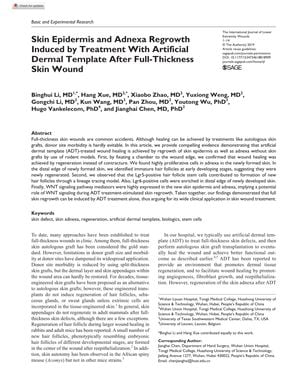TLDR Artificial dermal template treatment can stimulate complete skin and hair follicle regrowth.
The document describes a study that found artificial dermal template (ADT) treatment can induce the regrowth of full-thickness skin, including the epidermis and adnexa such as hair follicles, in rodent models. The study observed that wound healing occurred through regeneration, with the presence of highly proliferative cells and immature hair follicles in the newly formed skin. Lgr5-positive hair follicle stem cells and Lgr6-positive cells were implicated in the regrowth process, and the WNT signaling pathway was found to be highly expressed, suggesting its role in skin regeneration. The study concludes that ADT treatment alone can stimulate full skin regrowth, including hair follicles, and holds potential for clinical applications in skin repair. However, the number of subjects used in the study was not specified in the summary, and further research, particularly in pig models, is recommended due to differences between rodent and human skin. The research was supported by the National Natural Science Foundation of China.
42 citations
,
April 2016 in “Plastic and reconstructive surgery/PSEF CD journals” The hydrogel with fractionated PRP improves skin regeneration by enhancing wound healing and growth of skin structures.
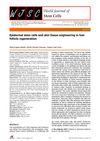 83 citations
,
January 2015 in “World Journal of Stem Cells”
83 citations
,
January 2015 in “World Journal of Stem Cells” Hair follicle regeneration needs special conditions and young cells.
 28 citations
,
February 2014 in “PLoS ONE”
28 citations
,
February 2014 in “PLoS ONE” Epidermal stem cells on a special membrane helped mice regrow full skin with hair and functions.
 57 citations
,
January 2013 in “International Journal of Medical Sciences”
57 citations
,
January 2013 in “International Journal of Medical Sciences” Lef1 helps stem cells become hair cells by interacting with specific signaling pathways.
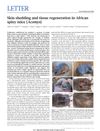 418 citations
,
September 2012 in “Nature”
418 citations
,
September 2012 in “Nature” African spiny mice can regenerate skin, hair, and cartilage, but not muscle, and their unique abilities could be useful for regenerative medicine.
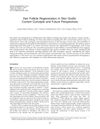 39 citations
,
September 2011 in “Tissue Engineering Part B-reviews”
39 citations
,
September 2011 in “Tissue Engineering Part B-reviews” Hair follicle regeneration in skin grafts may be possible using stem cells and tissue engineering.
91 citations
,
June 2011 in “The EMBO Journal”  829 citations
,
May 2007 in “Nature”
829 citations
,
May 2007 in “Nature” Hair follicles can regrow in wounded adult mouse skin using a process like embryo development.
58 citations
,
July 2005 in “Molecular and Cellular Biology” A specific gene segment can make mouse skin cells glow, helping study hair growth and gene effects.
70 citations
,
March 1997 in “Journal of Investigative Dermatology”
 1 citations
,
January 2019 in “The International Journal of Lower Extremity Wounds”
1 citations
,
January 2019 in “The International Journal of Lower Extremity Wounds” Artificial dermal template treatment can stimulate complete skin and hair follicle regrowth.
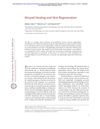 359 citations
,
January 2015 in “Cold Spring Harbor Perspectives in Medicine”
359 citations
,
January 2015 in “Cold Spring Harbor Perspectives in Medicine” Hair growth phase and certain genes can speed up wound healing, while an inflammatory mediator can slow down new hair growth after a wound. Understanding these factors can improve tissue regeneration during wound healing.
44 citations
,
November 2014 in “Tissue Engineering Part C Methods” Porcine skin varies by region, affecting its use as a human skin model.
